Growing at a CAGR of 13.6% Building Information Modeling (BIM) is now being widely adopted globally, in both developed and developing countries.
Addressing the challenges and discovering new possibilities, the integration of AI in BIM has revolutionized the way the AEC landscape works. Thus, creating ripples of transformation!
We have already covered in Part 1 – how BIM in residential construction plays a crucial role in project performance and facility management.
Here, we explore how the fusion of BIM and AI in construction design is poised towards a transformative leap. Let’s dive in and learn more while we shed light on this remarkable development.
Smarter Designs, Faster Execution, Zero Errors—Let BluEnt Transform Your Projects.
Table of Contents:
- Artificial Intelligence in Building Information Modeling (BIM)
- Applications of AI in BIM for Residential Construction
- Benefits of AI BIM Modeling for Residential Construction
- Top AI Architecture and AI BIM Tools
- Future of BIM AI in Residential Construction
- How BluEnt Leads the Way Forward with AI Technology?
- Conclusion
- FAQ
Artificial Intelligence in Building Information Modeling (BIM)
What is AI in Building Information Modeling?
AI in BIM refers to the integration of artificial intelligence backed by the power of machine learning, into BIM workflows. The synergy of AI and BIM enables professionals to automate tasks, perform quick data analysis, and make accurate predictive suggestions for enhanced project efficiency.
AI BIM Modeling Tools such as Revit support the integration of AI plugins/tools that eliminate the bottlenecks in the BIM design processes in seconds. So, with AI-driven Revit BIM Modeling in residential construction, you get:
-
Improving Speed and Productivity
-
Enhanced Design Accuracy
-
Faster Modeling & Automation
-
Improved Collaboration
-
Generative designs that allow Smarter Design iterations
-
Streamlined project execution and management
-
Automate repetitive and manual tasks
-
Lesser risk of missing out on important details
Applications of AI BIM Modeling for Residential Construction
Imagine a BIM scan pinpointing clashes in a renovation project for a residential building in seconds!
Sounds amazing. Isn’t it?
This is just one of the innovative AI BIM modeling examples that helps save engineers and architects valuable time by enabling speedy corrections.
Here are some key applications of this remarkable AI trend in construction, along with examples:
-
Accurate Clash DetectionAI scans BIM models for overlaps, inconsistencies, or conflicts between architectural, structural, and MEPF elements. Thus, preventing costly errors by identifying potential issues during the design phase.
-
AI-Driven Cost EstimationBy analyzing building materials, labor costs, and other factors, AI fused with BIM provides highly accurate project estimates. AI reduces over-budgeting by delivering precise forecasts.
-
Enhanced Quality ControlAI uses data from sensors and 3D models to detect anomalies in real time, ensuring high-quality construction. It also sends alerts to ensure issues get reported and addressed timely. So, early detection of material defects prevents structural issues.
-
Schedule OptimizationAI algorithms in BIM Technology improve construction timelines by analyzing site layouts, labor schedules and equipment availability. It suggests the most efficient sequence of tasks to avoid delays. Thus, enabling team to deliver on time.
-
Sustainability & Green Building DesignArtificial intelligence in BIM aids in selecting energy-efficient materials and designs while reducing construction waste. By analyzing residential building’s envelope design, HVAC systems and building orientation, AI enables the generation of 3D BIM models optimized for minimal energy consumption.
Faster Turnaround, Fewer Revisions, Maximum ROI—Experience BluEnt’s BIM Advantage.
Benefits of AI BIM Modeling for Residential Construction
Integrating AI with BIM technology isn’t just a step forward—it’s a leap into smarter, faster, and more precise construction processes.
Let’s explore how this powerhouse combination in AI for architectural design addresses some common challenges in residential construction:
Style Made Simple
AI acts as a design assistant, learning from one model and applying its style to new projects effortlessly.
-
Imagine a north-facing wall automatically getting thicker insulation based on climate data—no manual adjustments needed!
Level of Detail Made Easy
AI in 3D BIM Modeling helps to add or increase the level of detail and aids in bringing complex details to life by automating intricate connections.
-
Create a perfect wall-floor junction once, and advanced AI BIM Tools replicate it throughout the model.
Perfect Scans, Perfect Models
When it comes to home renovations, scan to BIM is the ultimate service you can think of. AI in Scan-to-BIM refines raw scans into polished 3D models, eliminating imperfections.
-
Ever seen a lopsided roof due to a scan error? AI optimizes geometry so every angle and slope is flawless.
Unmatched Efficiency with Data-Driven Decisions
Say goodbye to time-consuming tasks like clash detection and report generation—AI handles them in seconds.
-
Detecting overlapping pipes before construction begins saves weeks of rework.
Collaboration Without Chaos
AI-powered BIM workflows streamline communication and coordination throughout the building lifecycle of the project.
This enables all stakeholders to work on the same updated model, eliminating back-and-forth confusion.
Improved Facility Management
With AI-driven BIM and IoT integration, buildings can actively monitor performance metrics like energy usage and maintenance requirements.
You get proactive facility management, reduced downtime, and optimized efficiency!
Fewer Surprises, Lower Risks
AI in BIM keeps the professionals sorted by proactively predicting problems before they happen, minimizing delays and errors.
-
Spotting a structural weakness in the design phase avoids costly mid-construction fixes.
Cut Costs, Not Corners
With accurate cost estimates and resource planning, projects stay on budget without compromising quality. This enables understanding and predicting accurate material needs to reduce over-ordering and wastage.
With AI and BIM joining forces, residential construction is no longer about just building homes—it’s about building better, smarter, and more sustainable future.
Top AI Architecture and AI BIM Tools
Here are top AI Architecture and AI BIM Tools that have taken the world by storm and have completely changed the game for top BIM companies.
-
Autodesk Construction Cloud (Formerly BIM 360): A unified platform for seamless collaboration, design review, real-time insights, and project management.
-
Autodesk Generative Design: Uses AI to propose optimized layouts based on specific project requirements.
-
Autodesk Revit with AI Plugins: Automates clash detection system. Better design workflows and streamline repetitive tasks.
-
Navisworks: Simplifies clash detection and coordination among different disciplines.
-
ArchiCAD: Offers real-time energy analysis and help evaluating environmental impact for design decisions.
-
Speckle: Open source BIM data exchange, automation and analytics.
-
Autodesk Forma (formerly Spacemaker): Optimizes site planning and urban design using AI.
Recommended Reading:
Pro tip: Looking for a BIM outsourcing company in the USA for your residential construction project? Do ask them about the software they use. This will give you an insight into their technological capabilities and whether they’ll be able to meet your project deadlines or not.
Future of BIM AI in Residential Construction
The future of AI 3D BIM Modeling is not just a trend—it’s the dawn of a new era in residential construction. As technologies rapidly integrate, they are reshaping the way we design, plan, and build.
-
A conjunction of Augmented Reality with AI BIM – expect more realistic and immersive assessment of a 3D BIM model.
-
Integrating Smart Technologies with BIM AI paves the way for modern, smart home designs and is the new way forward for efficient construction processes and IoT homes.
-
Better predictive capabilities such as weather-related delays or upcoming material shortages. Thus, enabling better planning and management.
-
AI-driven BIM designs focus on eco-friendly construction practices and help in boosting sustainability.
-
From blueprint generation to on-site monitoring, AI will play a critical role in automating end-to-end residential construction processes.
This is the right time. Embracing this breakthrough technology will give CAD and BIM companies a competitive edge in the construction industry.
Recommended Reading:
How BluEnt Leads the Way Forward with AI Technology?
BluEnt is rapidly growing as a leader in providing the best BIM and CAD solutions in the industry. With more than 20+ years of experience, we stay ahead of industry trends and recognize the transformative power of AI in construction.
However, we don’t just rely on technology—we combine human expertise with machine intelligence to deliver unmatched, precision-driven BIM services.
Our proficiency in Revit Modeling, CD Sets, Clash Detection, Family Creations, and Scan-to-BIM ensures accurate, cost-effective, and sustainable solutions.
Experience faster turnaround time, cost savings, and improved accuracy by partnering with the best BIM studio in USA. Let’s get started on your next residential project today.
Conclusion
AI BIM modeling is redefining the future of residential construction with outstanding capabilities improving project collaboration and project outcomes.
As technology evolves, those who adapt will lead — embrace AI BIM to build smarter, faster, and greener.
Stay tuned with us for more such interesting insights on our BIM Series.
Frequently Asked Questions
What is AI in BIM Modeling?AI in BIM modeling refers to the use of artificial intelligence to automate and optimize BIM processes, from clash detection to cost estimation.
Will AI replace BIM?AI won’t replace BIM but will complement it by enhancing its efficiency and predictive capabilities, while human expertise remains crucial.
How can AI be used in BIM?In the designing phases, detailed 3D models of the system are created by BIM. AI helps in automating repetitive tasks and analyzing vast amounts of data to identify any potential issues and conflicts. AI plugins help improve clash detection accuracy and aid in facility management through predictive maintenance.
Is there an AI for Revit?Yes, AI is available for Revit through various plugins and tools. AI-powered extensions enhance design automation, clash detection, and workflow optimization, making BIM processes more efficient and data-driven.


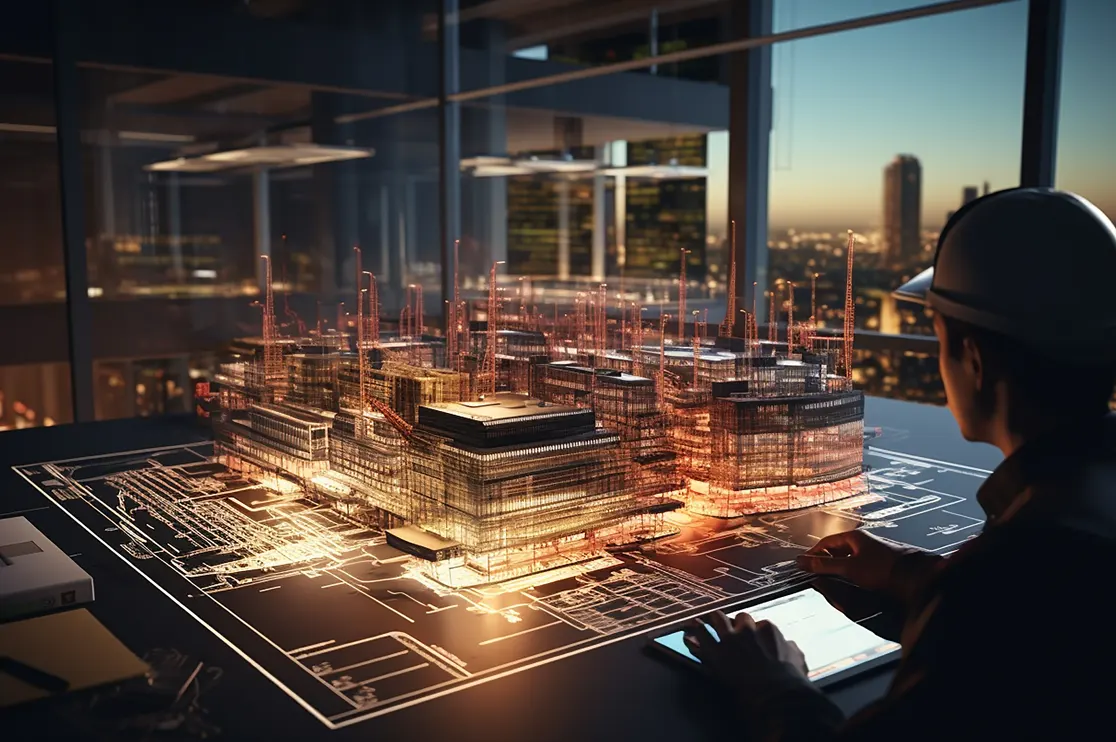



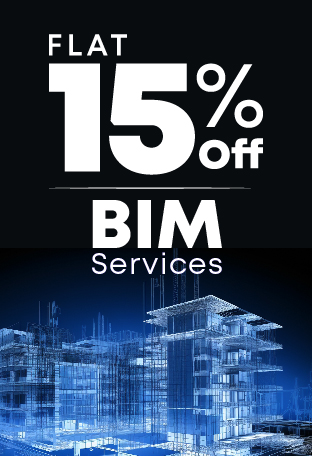
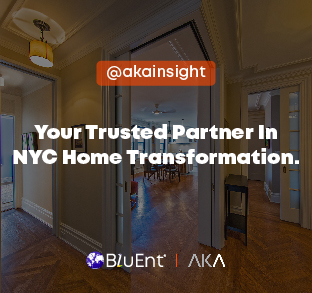

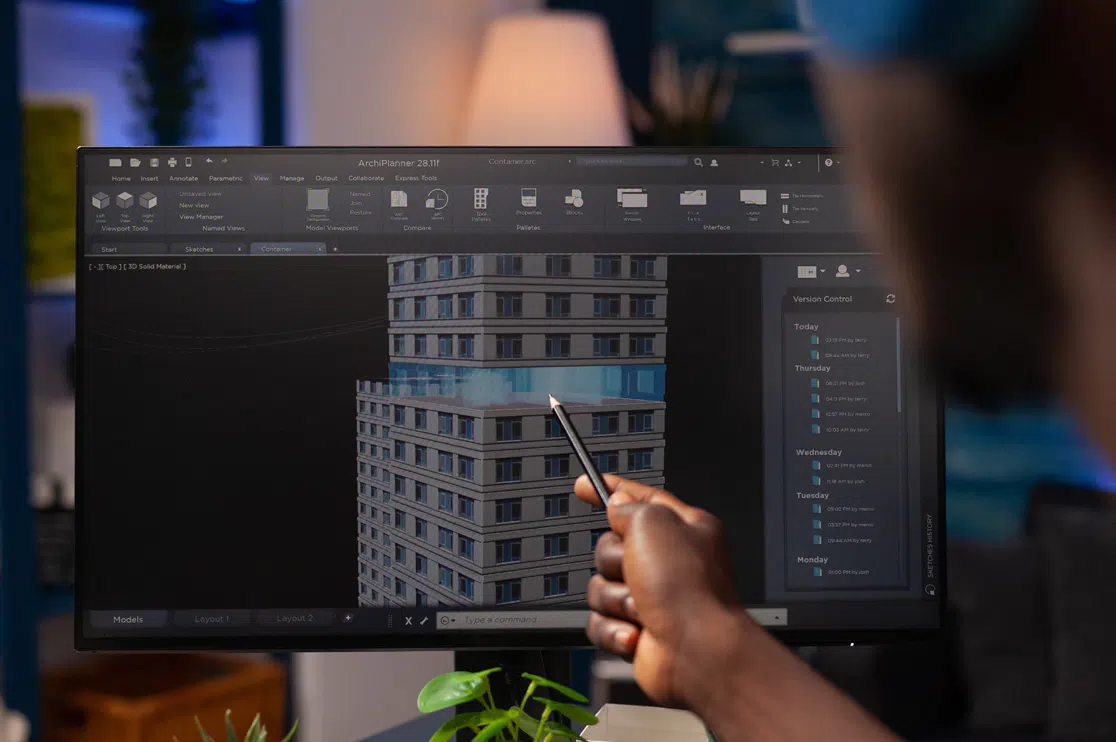 How BIM Services Enhance Collaboration, Design Choices, and Project Efficiency for Architects? – A Guide
How BIM Services Enhance Collaboration, Design Choices, and Project Efficiency for Architects? – A Guide 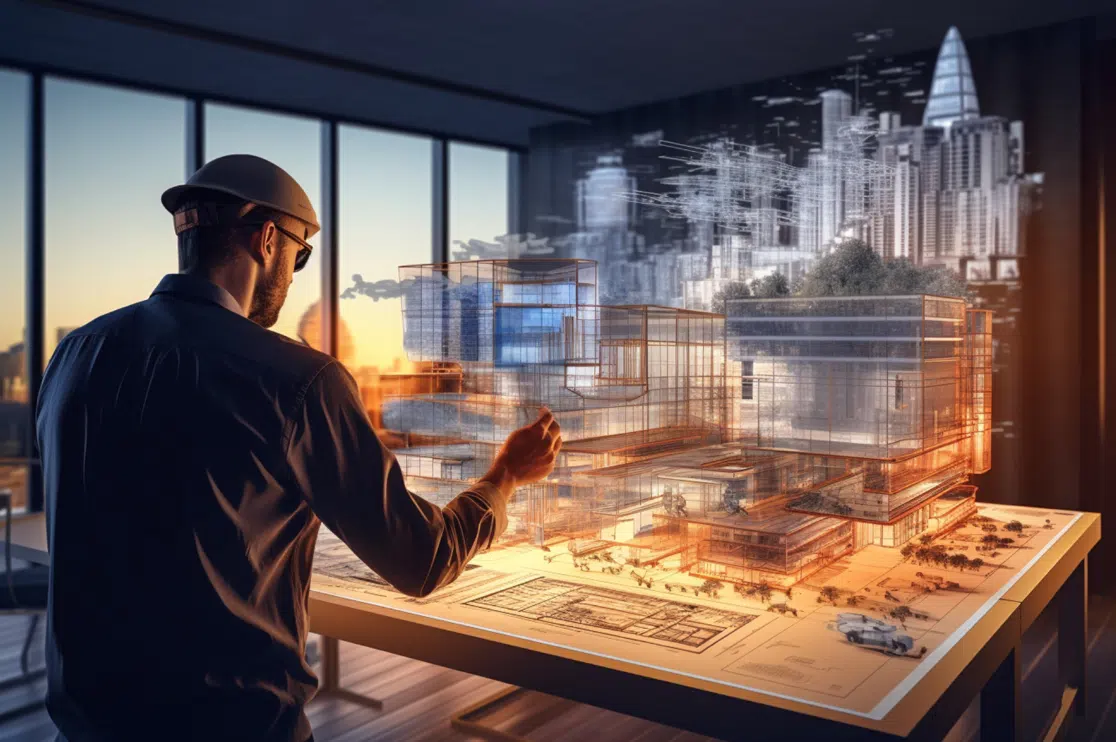 How is Artificial Intelligence in Construction Design Transforming Architectural Landscape?
How is Artificial Intelligence in Construction Design Transforming Architectural Landscape?  BIM Coordination Benefits for Contractors in the Preconstruction Stage
BIM Coordination Benefits for Contractors in the Preconstruction Stage  Reviving Victorian Style House to Embrace Modern Romanticism in Homebuilding Projects
Reviving Victorian Style House to Embrace Modern Romanticism in Homebuilding Projects